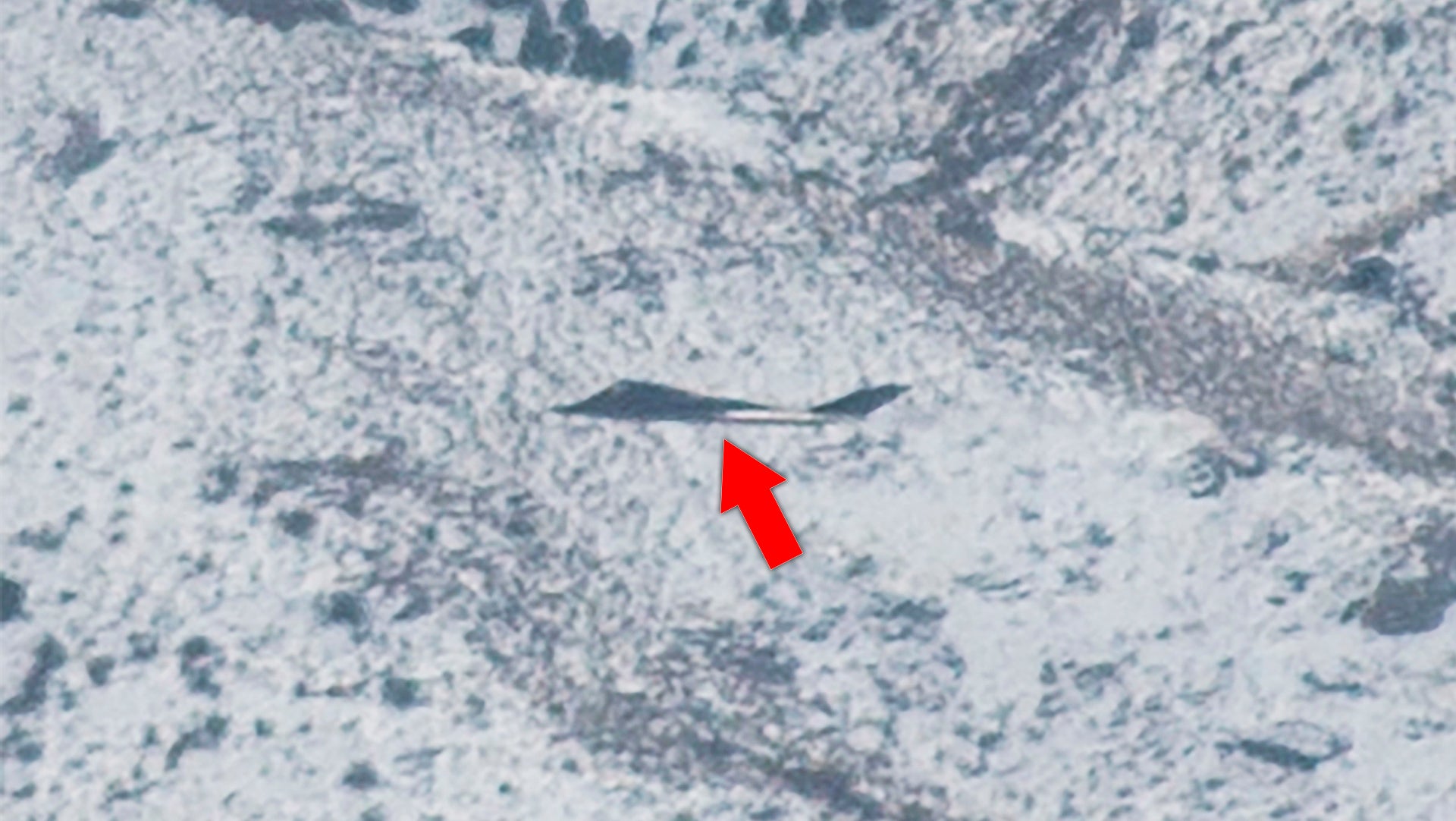The F-117 Nighthawk saga is still far from over even as museums begin receiving demilitarized F-117As for public display. Of the fleet of 51 Nighthawks that remain at the shadowy Tonopah Test Range Airport, the vast majority of which are disassembled and packed inside the same hangars they once occupied operationally, a handful continue to fly for various purposes. Now we know that just as I had initially posited, some of these duties include acting as low-observable (stealthy) aggressors to challenge fighter crews during complex training and tactics development scenarios.
Kris Tanjano was out on the snow-covered Nevada Test and Training Range on December 3rd, 2019 when he encountered a very interesting event unfolding overhead. It involved F-16s, F-15s, F-22, F-117s, and possibly B-1Bs in aerial combat. Here is exactly how he explained what he witnessed:
“Recently, I witnessed an F-117 along with 4 F-16s go up against F-15s and F-22s. The F-117’s callsign was KNIGHT, the F-16s were GOMER and MIG, and they were communicating on the aggressor frequency. First, the F-16s came in pairs attacking the blue force (F-22s, F-15s, and maybe a B-1) then an F-117 came in at low-level just behind the F-16s towards the blue force. They all fought it out for about five to ten mins then restarted for a second push. Once again the F-16s came high overhead, followed by a low-level F-117.
Several times the aggressors called out a target which was a low-level heavy aircraft which I believe was B-1 but I am not certain. After both fights were done the aggressors called RTB [return to base] and the F-16s headed back to Nellis AFB. But before that, they rendezvoused with the single F-117 on its way to Tonopah. Several minutes later, Silverbow (Tonopah) frequency became active with KNIGHT checking in.”
Kris was also able to capture some photos of the unique display of airpower he stumbled upon:
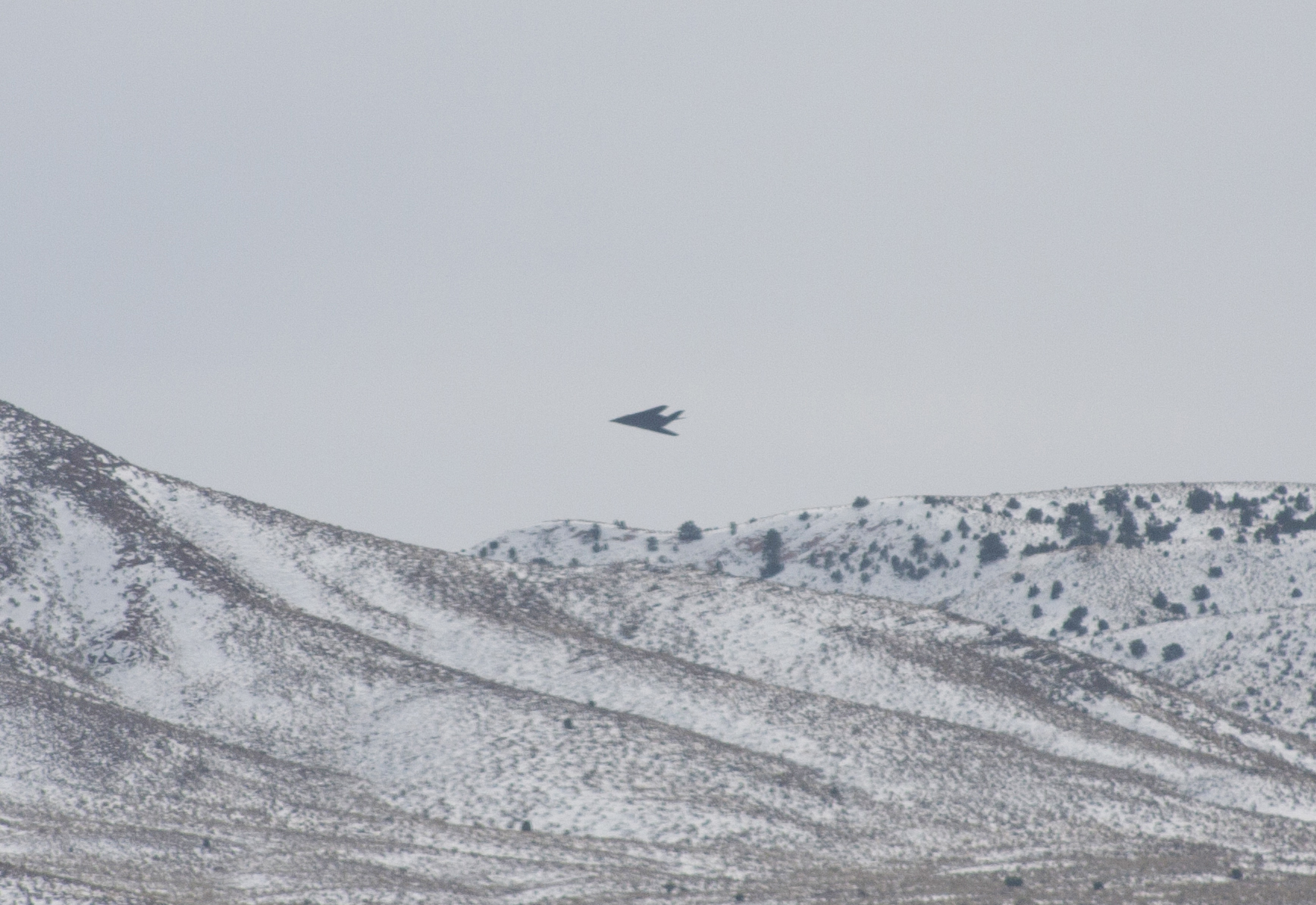
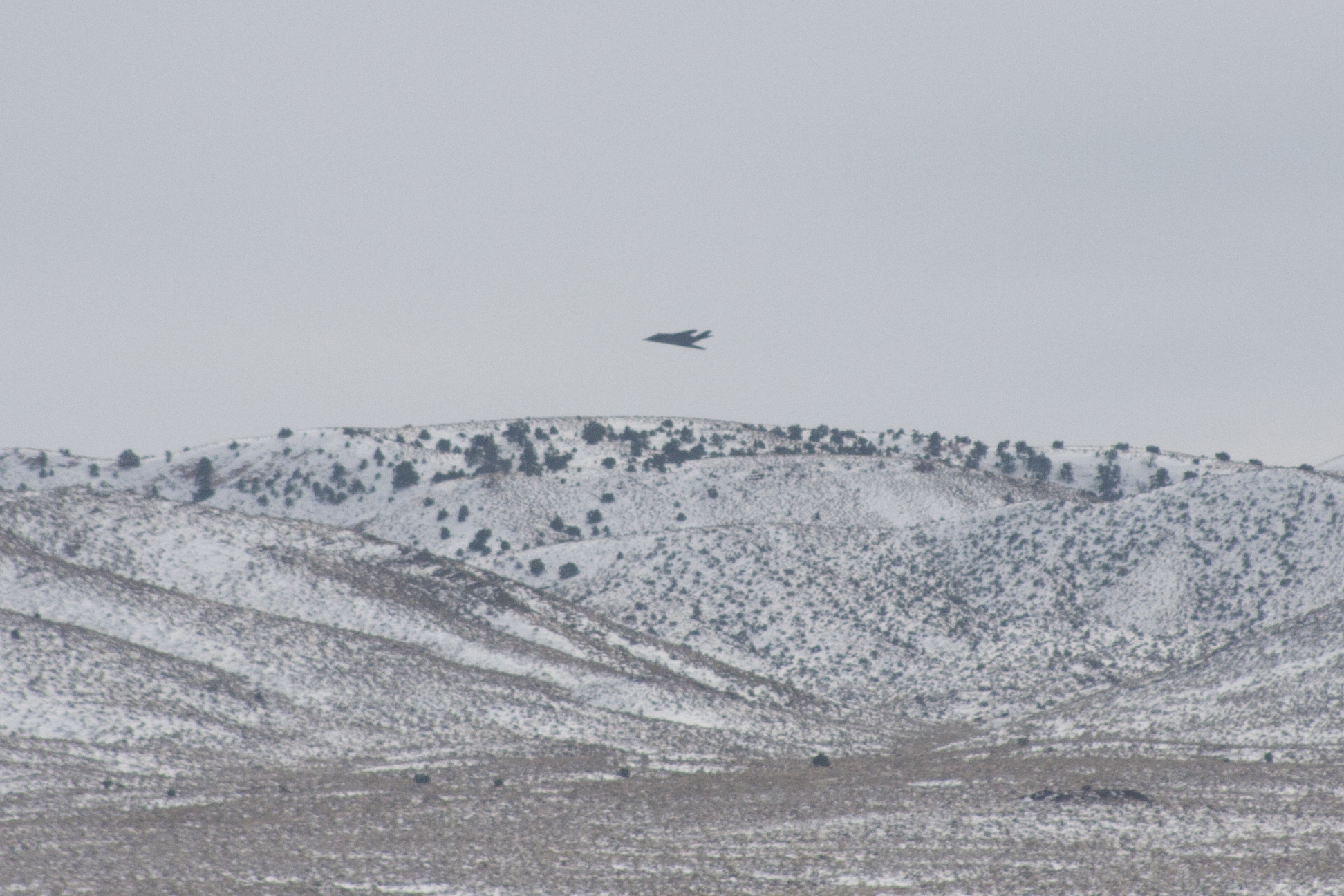
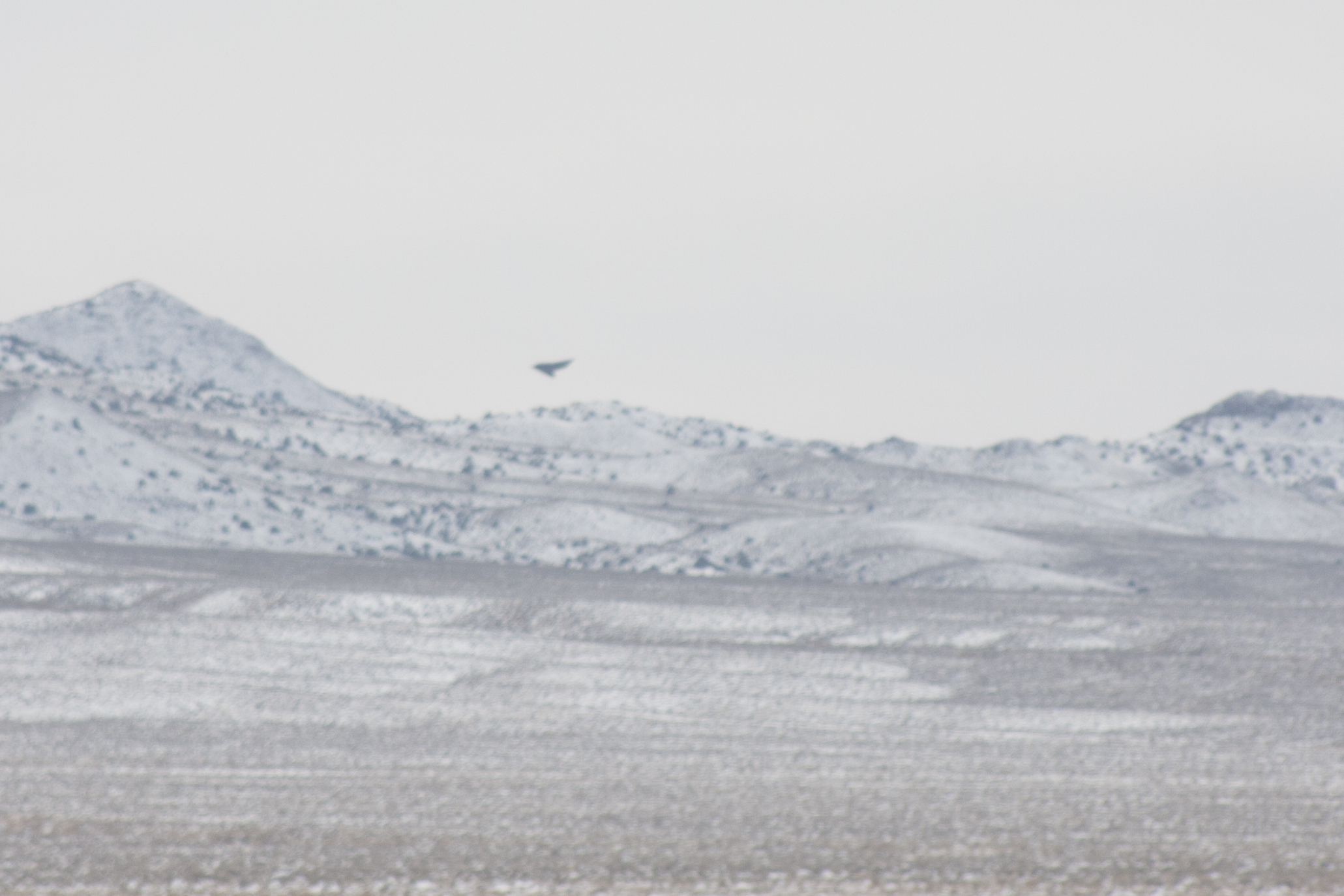

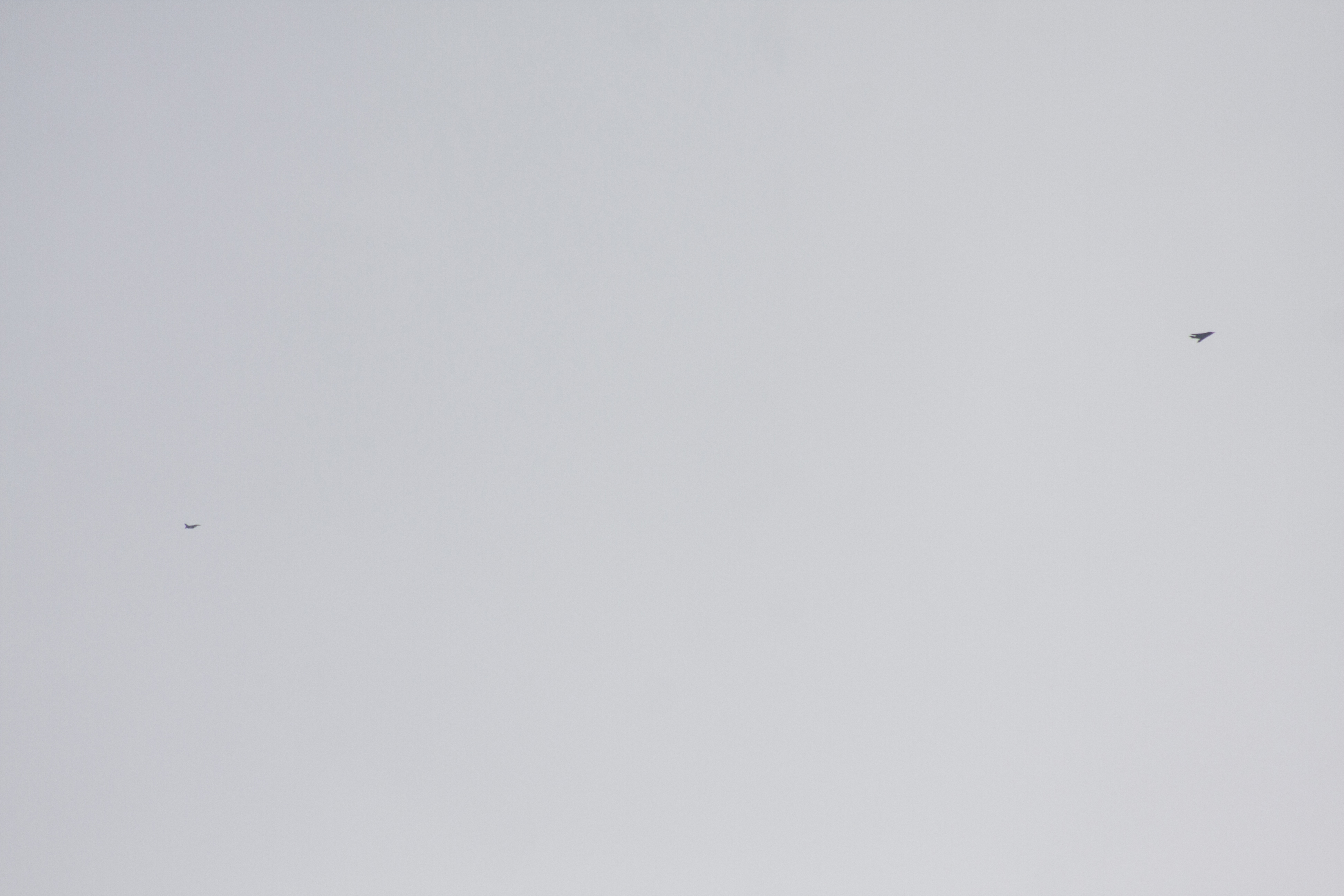
The fact that F-117s are being used for aggressor “red air” duties, even if just in a tactics development manner, is not surprising, but it has never been confirmed before. This role was one of the key possibilities I laid out over half a decade ago in a piece that went viral and had a major hand in defining the F-117 mystery going forward. In it I wrote:
The F-117 is the only disclosed surplus operational stealth aircraft in America’s inventory. That being said, the world’s armed forces probably have a pretty good idea of its true stealth capabilities after decades of operations around the globe, its participation in many international exercises, and the proliferation of low observability design knowledge in the decades since it entered service. This is not to mention the undoubtedly countless espionage operations conducted by America’s enemies and allies alike in regards to the F-117’s unique technologies.
The rest of the world is increasingly catching up to America’s once exclusive monopoly on “stealth” technology. Fighters such as the Russian Sukhoi T-50 and the Chinese Chengdu J-20 are well on their way to becoming potential challengers to American and allied air supremacy. Furthermore, stealthy unmanned aerial vehicles and cruise missiles are even easier to develop than their manned counterparts. So it would make sense for the United States and other allied nations to begin training against low observable adversary aircraft, especially in the realm of detecting, intercepting, and engaging them. With all of this in mind, it would make total sense for the USAF to field the F-117s as stealth aggressors.
Having a small aggressor force of F-117s available for putting our and our allies’ latest radars, infrared search and track and electronic emissions detection system to the test, as well as to develop tactics for defeating such threats, seems like a perfect job for the F-117. Seeing as the F-117 is a largely declassified program, the technological risk of standing up such a unit and employing it even in training with our allies would be negligible. F-117 aggressor duties could also be of great value when paired with advanced electronic warfare and jamming. In other words, combining other tactics aside from the aircraft’s inherent stealthy design could still make for a world-class low observable opponent or target even though the aircraft itself is well over 30 years old.
As non-American stealth platforms hit the skies operationally around the world, the U.S. is going to have to begin fielding some sort of low observable aggressor aircraft for large air warfare exercises. Red Flag, the largest aerial wargame of its kind, just so happens to take place right where the remaining F-117s are based…
These electromagnetically silent and stealthy jets would give our allies’ active fighter, AWACS, and surface to air missile forces a run for their money, while not giving up all of our secrets. Additionally, the USAF’s F-15C, F-15E, and F-16C fleets are in the process (hopefully) of slowly being outfitted with cutting edge Active Electronically Scanned Array (AESA) radars that are much more capable of detecting small radar signature targets than their mechanically scanned, and mostly analog, predecessors. Flying the F-117 directly against these newly deployed systems would provide a good training opportunity for aircrews that are learning the capabilities of their newly enhanced systems.
Simply put, an investment by the USAF in keeping a small fleet of F-117s flying as “first generation” low observable aggressors would represent an incredibly unique and valuable training tool, especially seeing as these aircraft are all already bought, with a full fleet of spares available, to support years of continued operations.
Fast forward to today and Nellis is already currently in the process of standing-up a full-on F-35 aggressor squadron, an initiative you can read much more about in this past piece of ours.
Considering what we know now about the state of the F-117 force and who flies these aircraft, what is most probable is that about half a dozen of these jets are kept available for low observable applications and low observable target developmental testing, as well as playing a stealthy bad guy when needed, and likely for tactics development purposes rather than more pedestrian training.
In the scenario that Kris lays describes above, the F-117 did exactly what we would expect it to do, to attempt to sneak by in the ground clutter at low-level, giving the opposing force’s advanced sensors a real run for their money. This is not only a flight profile of a potential enemy aircraft, but also one of a cruise missile, which are becoming increasingly stealthy in their own right around the globe.
As for the callsign, the unit that is flying these jets calls themselves the Dark Knights. We know this from the fresh tail flash one of the F-117s was recently spotted wearing and by the constant use of the Knight callsign. The fact that the unit also serves at least in part to supply a more traditional red air function also would make their unit name, even if totally unofficial, a bit more significant.
Regardless of its ongoing flight activities, the Congressional mandate to eliminate the fleet at a rate of four aircraft per year is behind in schedule, it is still the plan going forward. Of the remaining 51 Nighthawks, 12 have been set aside for museums, two of which have already been delivered, of which one is about to be formally put on display.
Author’s note: A huge thanks to Kris Tanjano for sharing details of his experience and his photos with us!
Contact the author: Tyler@thedrive.com
